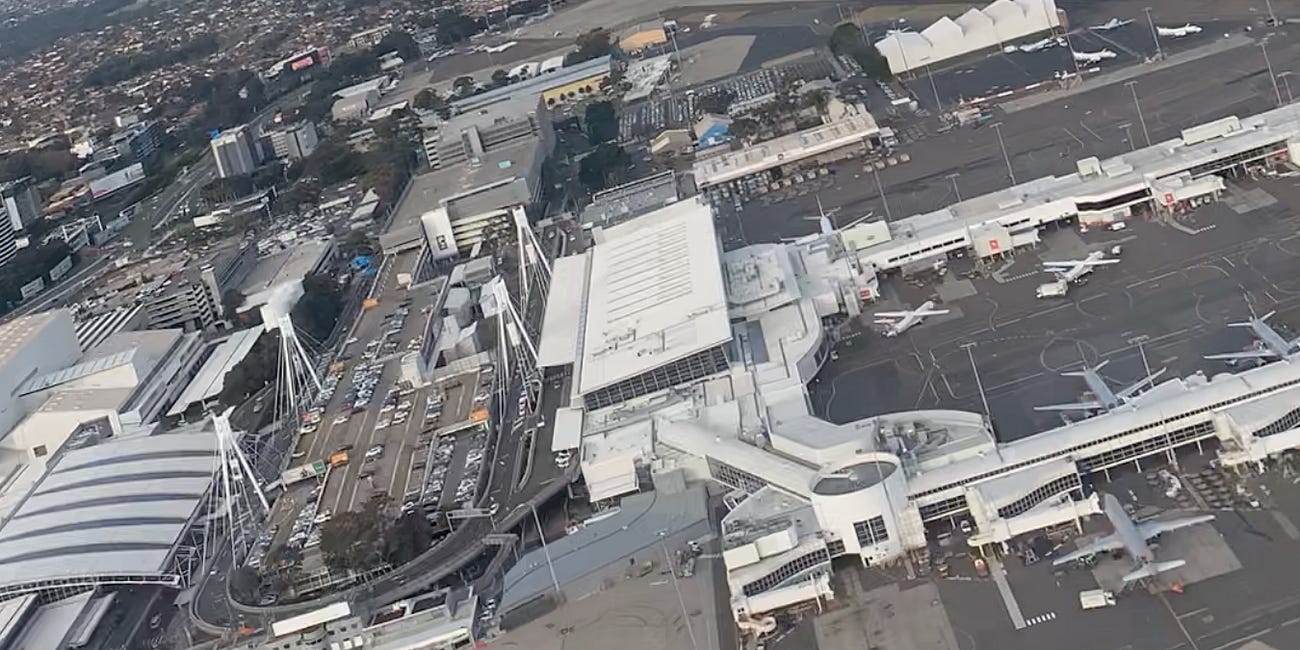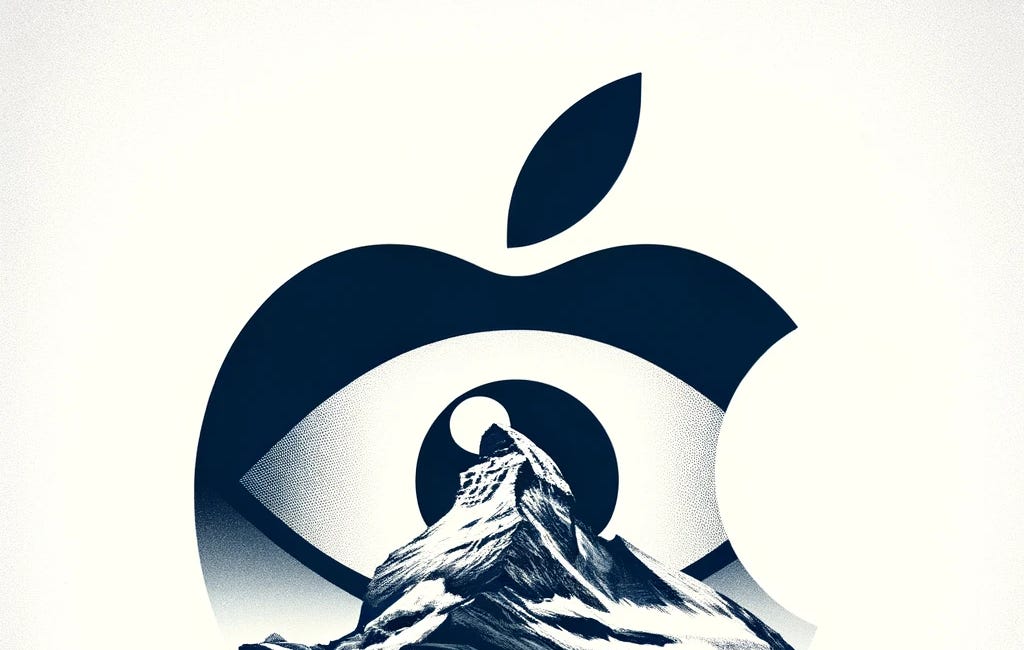Transportist: April 2024
Welcome to the latest issue of The Transportist, especially to our new readers. As always you can follow on Mastodon or RSS.
This month
Tolled Motorways vs. Road Pricing
We need to reinvent urban spaces
Research
Posts
News
On Bridge Collapses (2024)
In 2007, I inadvertently wound up researching bridge collapses after the I-35W Mississippi River Bridge Collapse in my then home town of Minneapolis, Minnesota. On the early morning of 27 March 2024 we saw another collapse, this in my original home town of Baltimore, Maryland. The
Some follow-on media
CNN: Lessons for Baltimore: How Minneapolis recovered from its I-35W bridge collapse 17 years ago
SMH: The Baltimore disaster shocked Sydney. Could we see a similar tragedy here?
The Australian: Could the Baltimore bridge disaster happen here?
Tolled Motorways vs. Road Pricing
Holly Tregenza For ABC News wrote:
David Levinson from the School of Civil Engineering at the University of Sydney said local roads were paying the price.
"The existing tolled motorways are under-utilised because the tolls are too high, and as a consequence local roads are over-used, compared to a social-optimum," he said.
…
The review found the average speed on tolled roads in Greater Sydney is 69 kilometres per hour, while on local roads it is 38kph.
The speed limit of Sydney's M5 is 100kph.
Mr Levinson said the time saved to cost ratio was not enough to get drivers off local roads.
"People who are at all financially conscious are going to avoid motorways if they have a reasonable alternative on local roads," he said.
"So we're not using this resource that collectively we've paid a lot of money for as efficiently as we could to benefit society as a whole."
He said fuel costs were also not enough to convince motorists.
"They might consume slightly more fuel on a local street with stop and start traffic, but it's not enough to change their behaviour if they even notice it," he said.
Mr Levinson said the alternative strategy was to apply a cost to all roads, a solution the Minns government has said it would not entertain.
"If you were to have a universal distance based charge, you remove the distortion between motorways and local streets because the relative price differential has decreased," he said.
"There is a lot of things that you want to incentivise with the way you allocate these costs to road users, but I don't think the costs can disappear unless it starts raining gold coins."
See the Independent Toll Review for the full discussion of proposed changes.
We need to reinvent urban spaces
Caroline Zielinski wrote for Cosmos Magazine:
… Who rules the world? Car drivers, it seems
Another significant influence on the field of urban science has been a focus on cars.
David Levinson, Professor of Transport at the University of Sydney, says a rise in personal vehicles from the early 1900s ushered in new regulations, such as traffic lights, narrower footpaths and more roads “to rein in pedestrians for the benefit of car drivers”.
The rise in personal car ownership led to the development of the suburbs, and the lifestyle that goes with it, such as people commuting further to work. This, in turn, led to the building of more highways, resulting in increased urban sprawl.
Walkability and cycling took a back seat, with many cities (especially in America) building roads with multiple lanes and higher speed limits, but few sidewalks and crossways. As a result, pedestrian deaths have been rising, with a recent investigation by the New York Times delving deep into factors behind this trend, one of which is the priority given to cars.
“Traffic signals, for example, were designed to help cars avoid hitting other cars and pedestrians from hitting cars — not for ease of walking around the city,” Levinson points out. “Cities today are designed for 95% of people, and not for the bottom 5%, which includes those with disabilities, children and the elderly.”
More evidence planting trees in cities can save lives
Walking speeds themselves are set according to studies performed by healthy, young university students, whose speed rate may be faster than the average person’s, Levinson adds.
Smartphones are also altering the way we move. Distracted walking due to smartphone use is on the rise, resulting in growing concern over pedestrian safety and well-being. One of Levinson’s studies looking at this issue found that “groups of people, phone users, and often followers of phone users, walk significantly slower than solo walkers uninfluenced by phone”.
This phenomenon is influencing city design, with one city in China introducing a 30 metre ‘cellphone lane’ for pedestrians. Closer to home, what began as a trial has become a permanent fixture in Melbourne: pedestrian traffic lights installed in the footpaths of Melbourne’s CBD in a bid to alert distracted walkers before it’s too late.
Research
Co-evolution of public transport access and ridership
Recently published: Rayaprolu, H. and Levinson, D. (2024) Co-evolution of public transport access and ridership. Journal of Transport Geography Volume 116, April 2024, 103844. [doi] While transport infrastructure and travel demand are known to be correlated, their causal relationship has not been systematically investigated. Granger causality tests have b…
Rayaprolu, H. and Levinson, D. (2024) Co-evolution of public transport access and ridership. Journal of Transport Geography Volume 116, April 2024, 103844. [doi]
Posts
The Great Synchronisation and The Great Asynchronisation
"The Great Synchronisation" is a shorthand for describing the long historical process of increasingly precise coordination of time and activities. This began with the development of standardised calendars for agriculture. Mechanical clocks, often accompanied by town bells and factory whistles and which enabled the precise measurement, coordination, and…
Are Cities Intelligent?
A city cannot think, can it? Yet it acts to create loyalty among its residents, often manifested in sports teams to name a prominent example. Jerry Seinfeld’s routine “Rooting for Clothes” illustrates this: “Loyalty to one sports team is pretty hard to justify. The players are always changing or moving to another city. You are actually rooting for the clothes. You are standing and cheering and yelling for your clothes to beat the clothes from another city. Fans will be so in love with a player but if he goes to another team, they boo him. This is the same human being in a different shirt, and they hate him now! Boo! Different shirt! BOOOO!”
The short term is the enemy of the long term.
“The short term is the enemy of the long term” This is one of my favourite expressions. I only found three references on Google, and one (the oldest) is mine. Obviously what is short and what is long is relative to the example at hand. But in general, think about the
On Sydney's Airport Trains
The fact that taking a DiDi or Uber to Sydney Airport is often cheaper than using Sydney Trains (fares) reflects a failure in public policy. This is generally true for anyone living near the airport or for groups of more than one person who are not too far away. Especially during off-peak times, there is significant unused capacity on trains because people opt for taxis instead. The taxi/Uber/DiDi, which has a higher social marginal cost per trip than a train that is already running, is priced lower than the train. While sharing a cab with strangers can be complex, using Uber with family members is cheaper than taking the train, and perhaps more convenient, which shouldn't be the case.
Dark Travel and Dark Access
In any profession’s quest to be more rigorous, it minimises the uncertainty in its knowledge. We have in transport planning instead aimed to minimise the perception of uncertainty. But the uncertainty is still there. It comes in a few flavours. Dark Travel and Ghost Travel
Apple+Paramount
“It is a truth universally acknowledged, that a single large tech company in possession of a good fortune, must be in want of a media operation.” Paramount Global has a market cap of $7.5B (net of debt), pocket change in the scheme of things. Entertainment: It brings a media library from CBS, Showtime, Paramount, and scores of CableTV channels. These wou…










